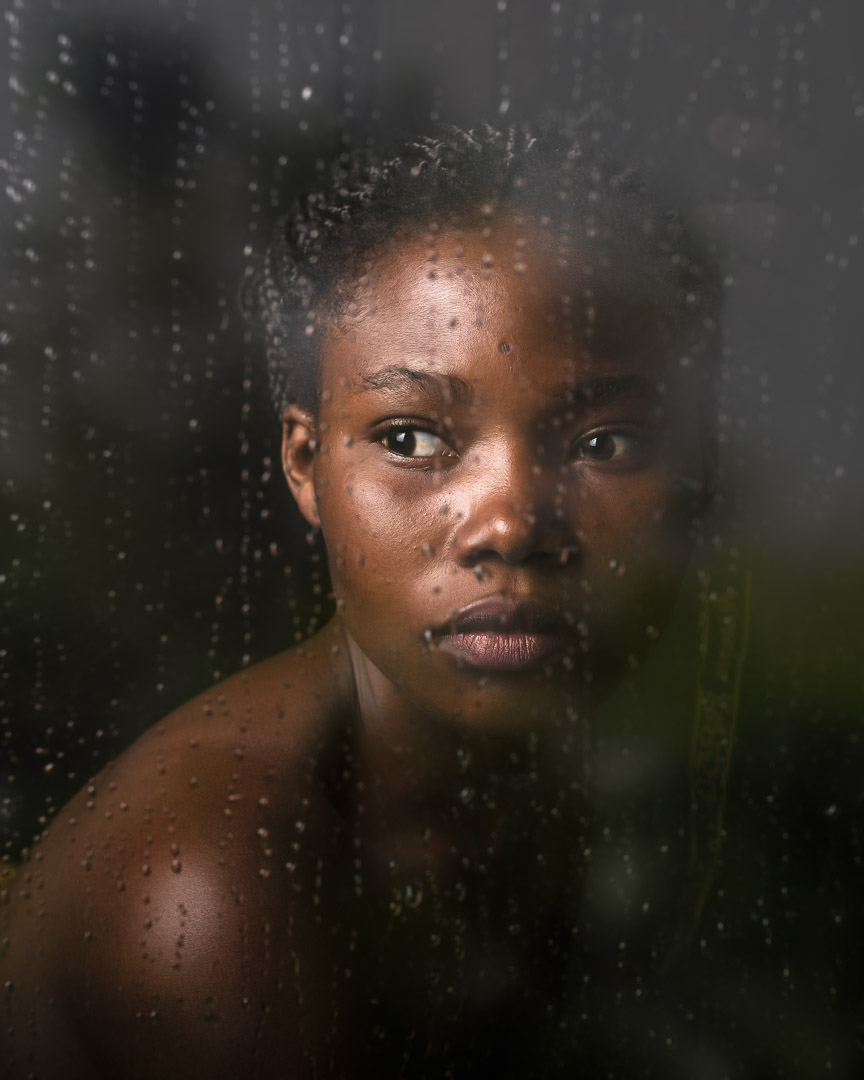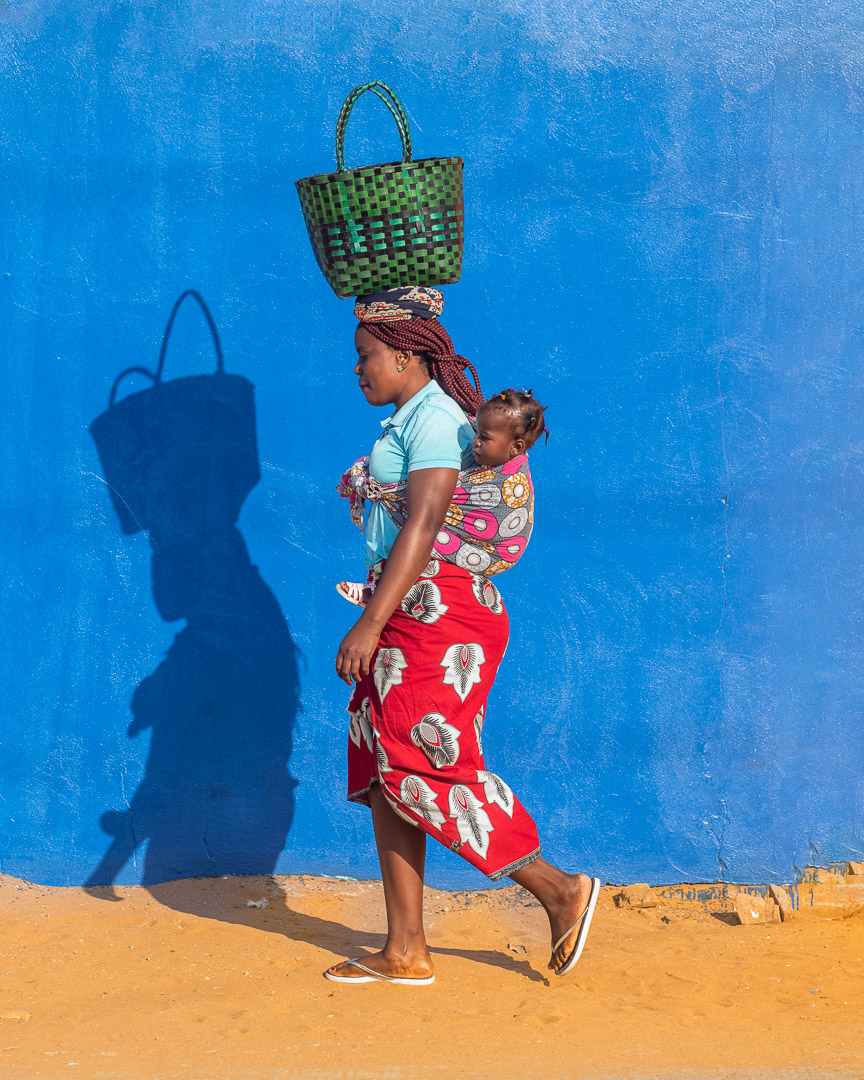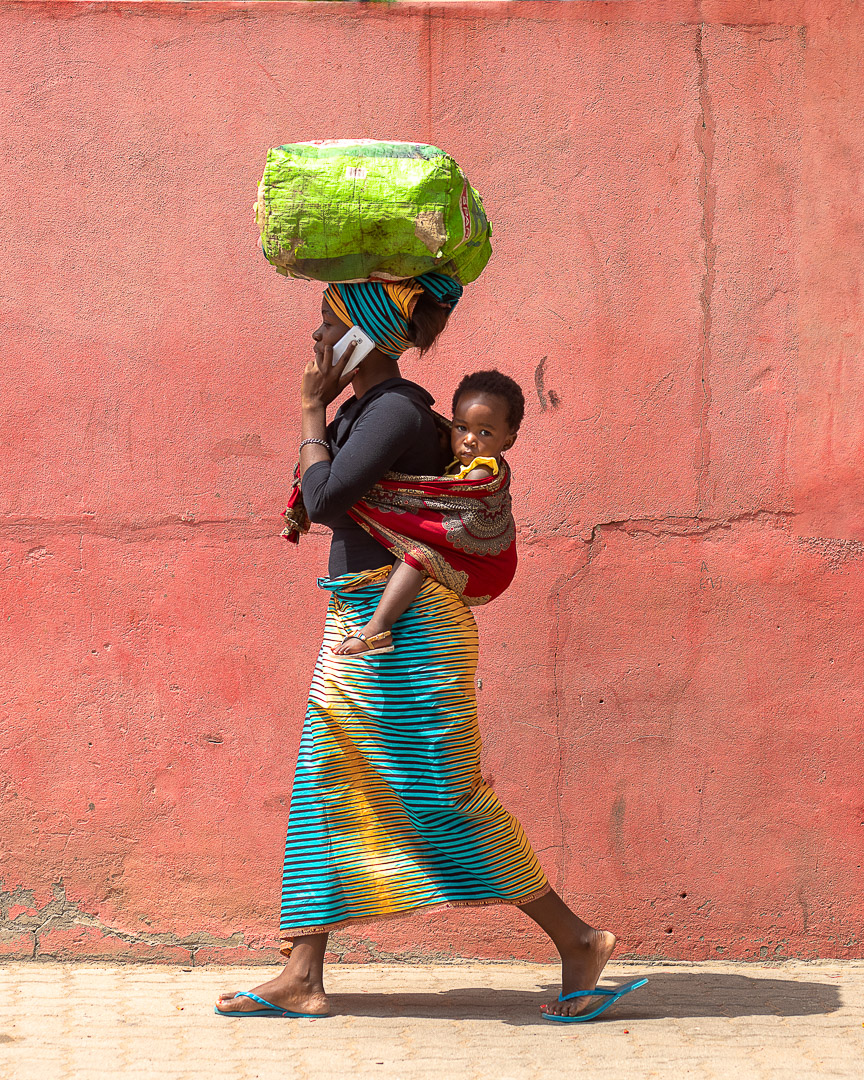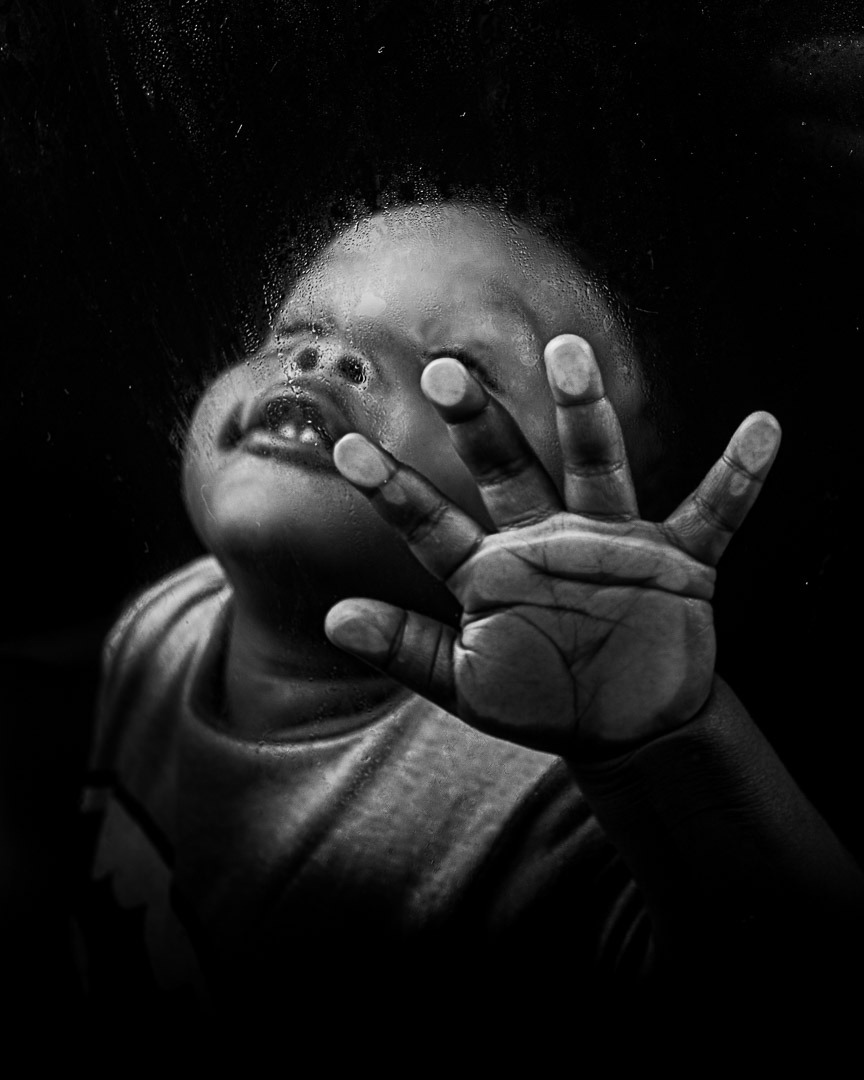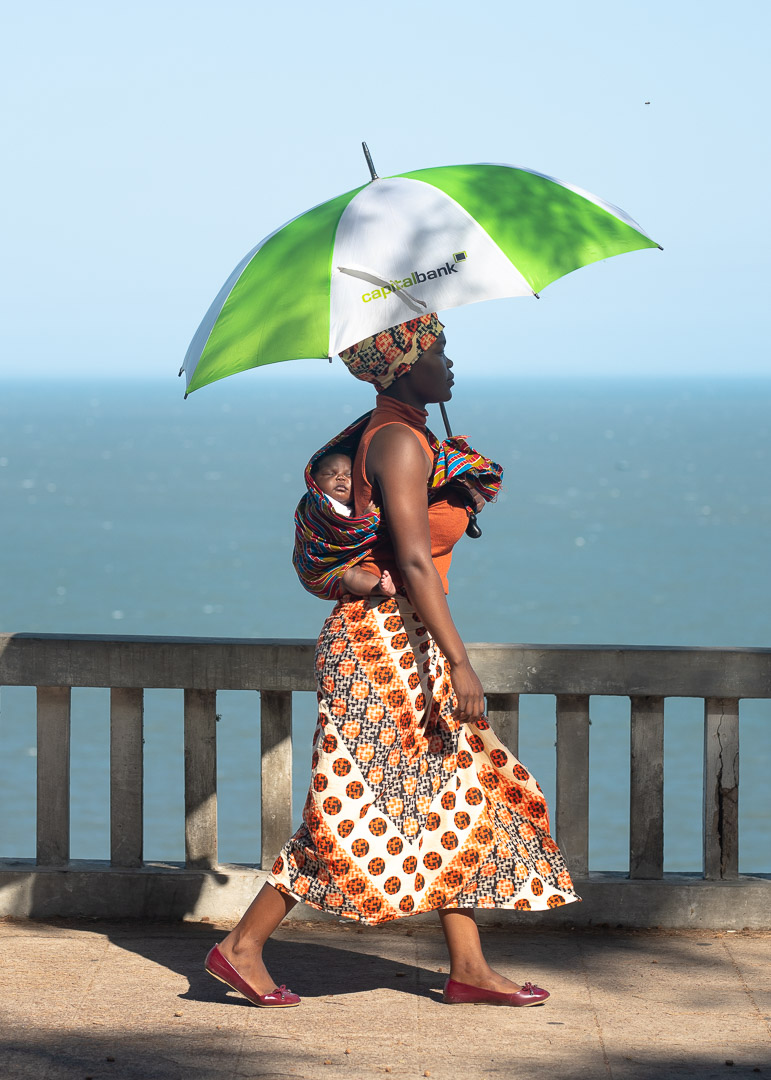Grégory Escande
PHOTOGRAPHER GRÉGORY ESCANDE | DESTINATION MAPUTO, MOZAMBIQUE
A FRENCH LANGUAGE TEACHER BY DAY, GRÉGORY ESCANDE HAS FOUND A STRIKING WAY TO CAPTURE THE BEAUTY OF EVERYDAY LIFE, OUTSIDE OF HIS BUSY WORKING LIFE IN A FOREIGN COUNTRY. MAPUTO IS THE CAPITAL OF MOZAMBIQUE AND ONE OF THE LARGEST GROWTH CENTRES IN AFRICA, YET THESE IMAGES SHARE THE RAW HONESTY OF POVERTY AND SURVIVAL BY TRADITIONAL WAYS. TAKE A MOMENT IN MAPUTO RIGHT NOW. WE FIND EACH PHOTO INCREDIBLY HUMBLING.
EXTRAORDINARY MOMENT (5.30am, Maputo, Mozambique.)
These three children had been sleeping in this small, wooden structure in the street and were slowly waking up with the sun rise. They were cooking chicken to eat.
WOW! YOUR PHOTOGRAPHS ARE STUNNING. THERE IS RAW HONESTY, VULNERABILITY AND BEAUTY IN YOUR PORTRAIT WORK. YOU HOLD A DELICATE CONNECTION TO LOCAL LIFE. WHAT IS IT THAT INSPIRES YOU TO TAKE PHOTOS OF LOCAL LIFE IN MAPUTO?
I like to see the beauty in everyday reality. Most often, we do not take time to really see the real beauty of things because we get so used to what we see, it becomes ‘normal’. Moments pass by but we do not pay attention or even notice the details. I try to look at this world around me with more intensity. I look at the light, how the light falls on people. Beautiful morning or late afternoon light really shapes the faces of passers-by.
YOU LIVE AND TEACH IN MAPUTO, MOZAMBIQUE. WHERE ARE YOU FROM ORIGINALLY? WHAT DO YOU VALUE MOST ABOUT LIVING IN MAPUTO?
I was born in Sevilla, Spain. I grew up in Spain and in southern France. I hold a French passport and now live in Maputo where I work in a school. I like the feeling of being further removed from the turmoil of the world under the Capricorn tropic. Maputo also gives me a unique experience and also inspiration for my photography.
I THINK THE WOMEN IN YOUR IMAGES HAVE A WONDERFUL SENSE OF PRIDE AND FLAIR IN THE WAY THEY DRESS. THE FABRICS AND COLOURS ARE FANTASTIC. IS THIS THE MOZAMBIQUE WAY? WHERE DO WOMEN GET THEIR FABRICS AND INSPIRATION FROM?
Yes! The local women typically wear sarongs which they call ‘capulana’. Mozambique has over 2000km of coastline bordered by the Indian Ocean. The capulanas have an Indian and Arabic influence. You can also see this similar style in Swaziland, Tanzania and the Commorian Islands, but I have not seen this style in other southern African countries that I have lived in or visited, such as South Africa or Zimbabwe. Women use the capulana as part of their dress, to carry their babies. Political parties even use the capulana as propaganda by printing their leaders face and message on them. The capulanas give the unique colours to Mozambique.
WHAT DO YOU TEACH AT THE AMERICAN INTERNATIONAL SCHOOL OF MOZAMBIQUE? WHAT IS THE LOCAL LANGUAGE OF MAPUTO? IS EDUCATION STILL HARD TO ACCESS FOR SOME CHILDREN OF MOZAMBIQUE? DO THEY STILL TEACH TRADITIONAL CRAFTS AT SCHOOL?
I teach French as a foreign or second language. Portuguese is the official language but there are many local languages. In the Maputo region they speak Shangana or Ronga. In the north they speak Macua and Makonde. Manica, Ndau and many other languages are spoken in central Mozambique.
Education is still very hard to access in Mozambique, especially in the rural areas. Classes are overloaded, teachers are underpaid and there is a lack of resources and facilities.




